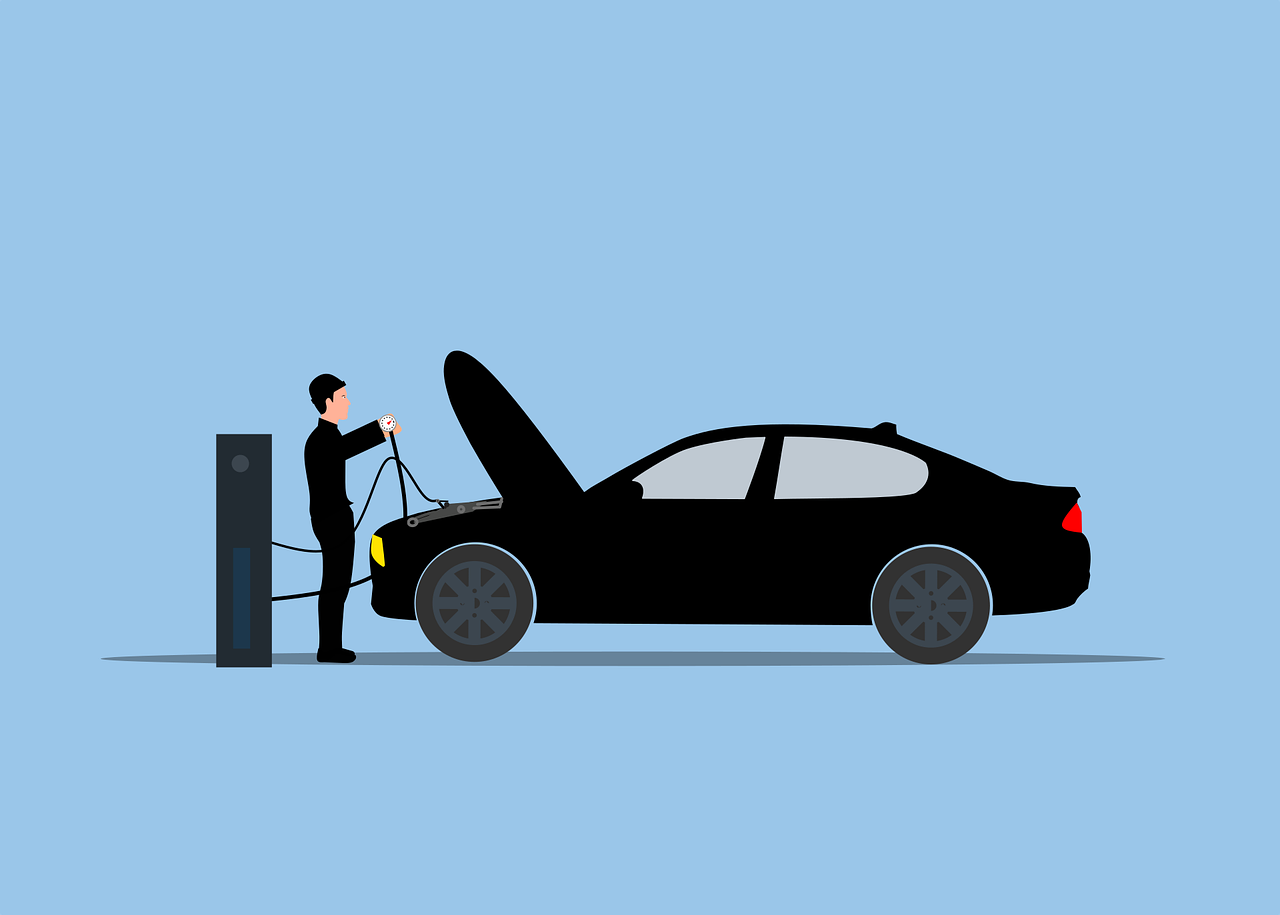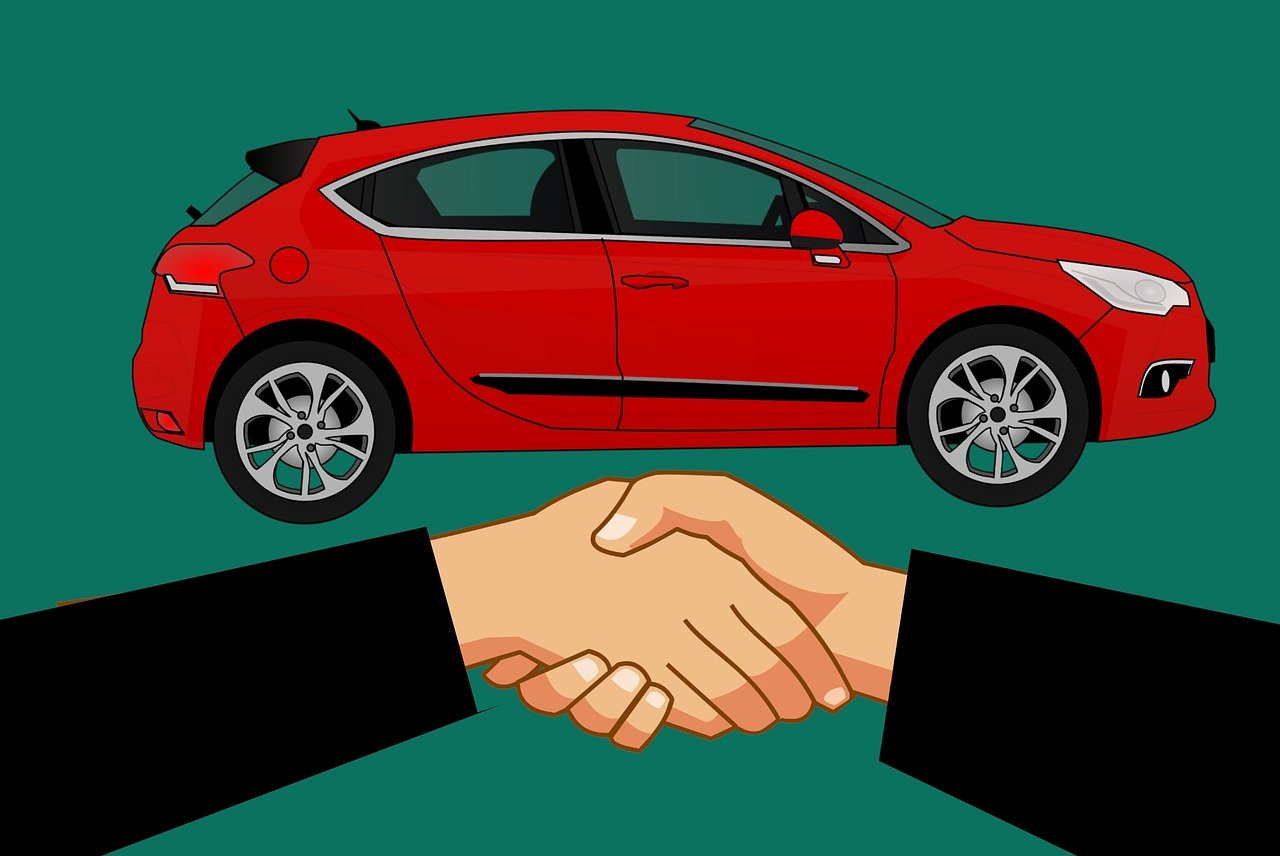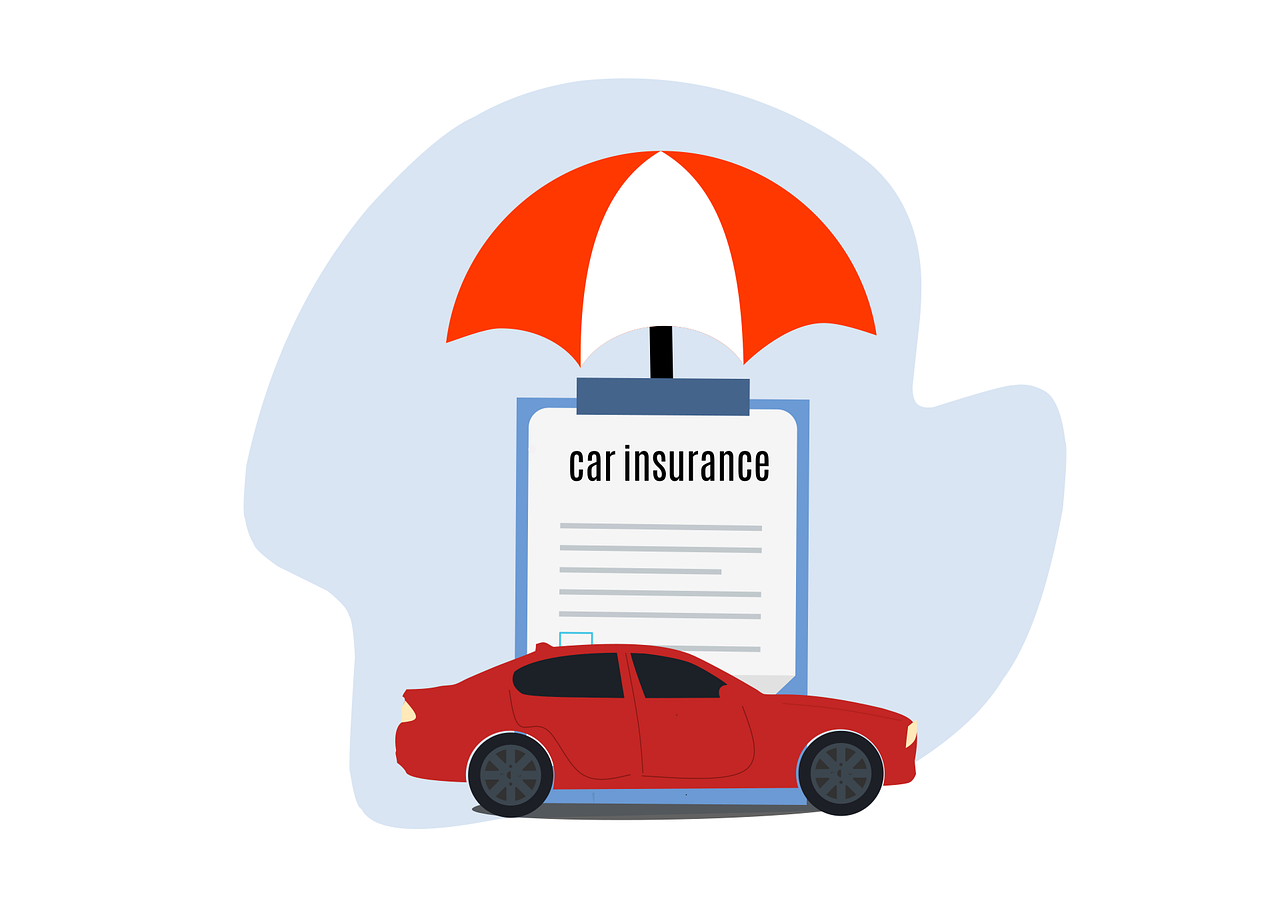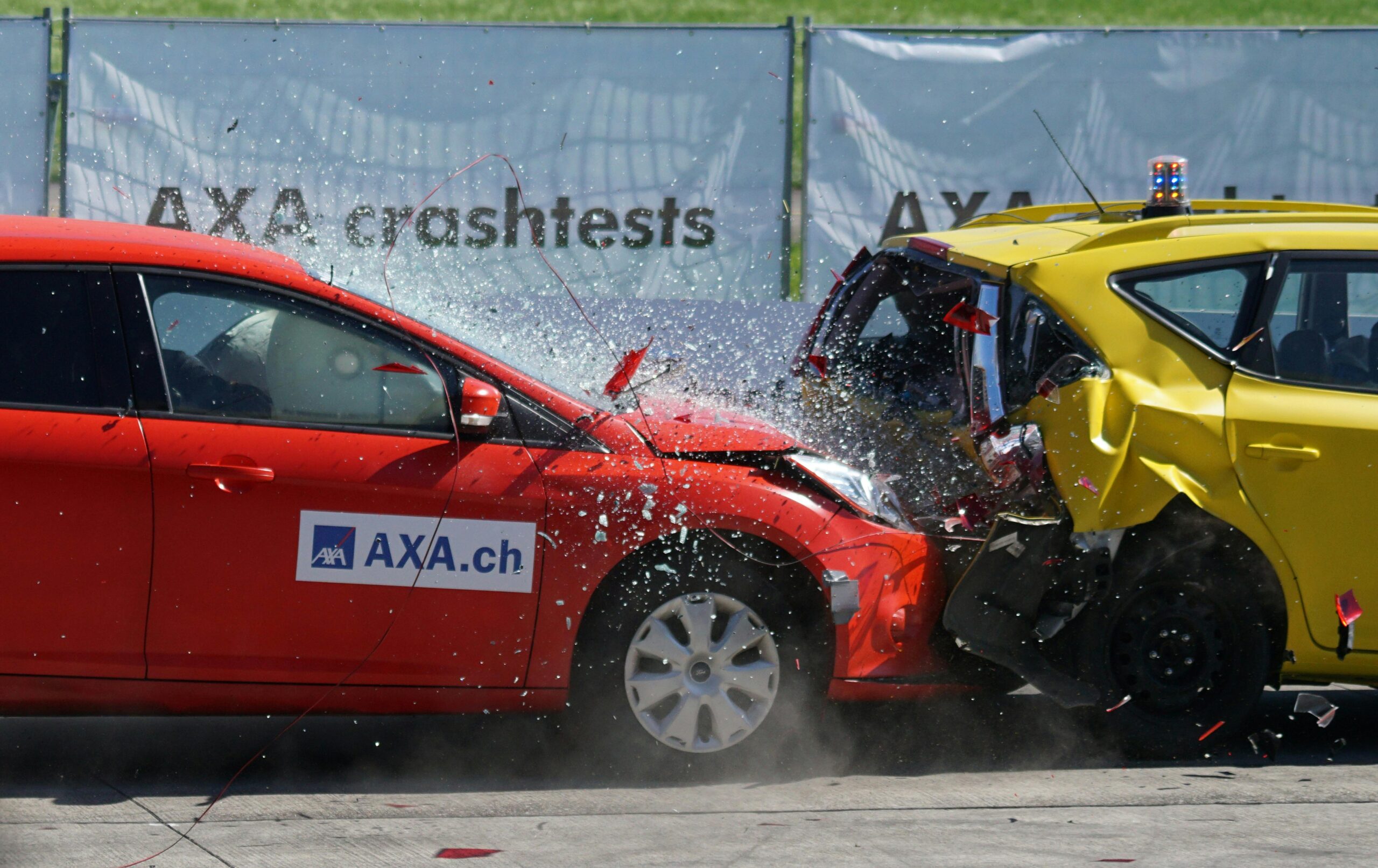Car not fixed properly after insurance claim is the real problem a person faces which wastes a lot of time and energy also fee for car touching. Imagine the relief that you feel over you after receiving your insurance claim from an auto accident. Your car is now on the road to regaining its value.
Imagine that happiness fading into sadness when you realize the repairs weren’t as they should have been. Many car owners face the depressing reality of insufficient post-claim repairs. The car may not be running as smoothly as before the accident, or even worse, it may face a new set of issues.
In this thorough guide, we’ll take you through the real-life tense problems of post-claim repairs and benefit you to protect your vehicle and peace of mind.
The Insurance Claim Puzzle
The process of claiming insurance is complex, involving diverse elements and participants. Starting with the first accident claim until finishing repairs, many aspects can affect the post-claim experience. Here’s what you should know:
- The Estimate Game Repair estimates are crucial. They provide the financial basis to benefit your car recovery and are generally calculated with the industry standard software, including labor, parts, and car specifics.
- Doctor’s orders and Shop Choice The policyholders, as the car’s guardian, are entitled to select the repair center. Insurance companies typically deliver a choice of suppliers, but the decision is entirely yours. Your choice can play a major role in the overall quality of repair.
- Paint of a Different Colour If insurers and policyholders disagree on the price of repairs or the facility’s efficiency, tensions could grow, causing delays or changes to your repair program.
Car Not Fixed Properly After Insurance Claim? Common Issues
Poor repair work could manifest itself in a variety of ways post-recovery. The most frequently encountered issues are:
- Poor artistry: From mismatched paint to parts that need to be aligned properly or mechanical issues, subpar repairs could reduce the value and security of your vehicle.
- Late delivery: On-time repairs are an indicator of good service. However, many car owners are fighting to return their vehicles for weeks and even months later than the due date.
- Unexpected Costs: Hidden costs or issues that need to be identified can cause repair costs to increase, particularly if the initial estimate must be clarified or corrected.
The root cause of these problems is usually a failure in the assessment process or the repair itself, further complicated by a lack of communication at different levels hence resulting in car not fixed properly after insurance claim.
Policyholder Playbook for Post-Claim Discontent
If you’re not satisfied with the car’s repair isn’t within your reach there are actions you can take to put those wheels into motion:
- Document everything from when you realize problems in the repair to when you contact the repair facility and insurer. Keep a record that can be traced.
- Be Clear about Your Concerns If you are addressing the problem in a repair facility or insurance company, impart evidence and be specific. Inconsistencies can make it difficult to get to a resolution.
- Be aware of your rights: Educate yourself about the insurance policy’s conditions and terms, especially repair guarantees and dispute resolution procedures.
- Develop a Professional Plan: If your initial attempts to solve the issue fail, you should move to the next level of the control chain. This could mean speaking with an administrator at the repair facility or calling your insurance company in your state to seek assistance.
If you handle the situation confidently and clearly, you can get the best result for car not fixed properly after insurance claim.
Preparing for Potential Post-Claim Pitfalls
Be proactive, and you’ll be the desirable defense. Here are some strategies to use before and following an incident to ease the repair process:
- Check out and select reliable providers. Before a disaster arises, check out local repair centers and choose those with a proven track history of customer satisfaction and top-quality work.
- Discuss Repairs in advance: if you can, and go to the repair facilities personally. Learn about their knowledge and discuss the repairs you want to make and what you expect from them.
- Participate in the process: If the circumstances permit you, supervise the beginning and conclusion of the repair firsthand by a designated representative.
- Please keep in contact: Maintain contact with the repair facility and your insurance company throughout the procedure, including confirming important milestones and responding to concerns whenever they arise.
These measures are going to fail to guarantee the perfect repairs. However, they will strengthen your involvement in ensuring the integrity and quality of the procedure.
Frequently Asked Questions
Here are some of the frequently asked questions related to the article car not fixed properly after insurance claim:
1. Can I Choose Any Repair Shop After an Accident?
In most instances, you can choose the repair shop you want to use. While insurance companies might recommend preferred service providers, the choice is entirely yours.
2. What if the Repairs Don’t Seem Right After I Get My Car Back?
Don’t wait a second longer. Document the issue right away and then contact the repair shop immediately. If the problem doesn’t get resolved immediately, notify your insurance company.
3. Can I Demand the Repair Shop Use OEM Parts Instead of Aftermarket?
The policyholder can often ask for OEM (Real Equipment Manufacturer) parts. Insurance companies may pay for the costs when it’s stipulated on your policies.
4. Why Did My Repair Take Longer Than Initially Quoted?
There are a variety of factors that can cause delays, such as parts availability, extra repairs discovered during the process, and also the capacity of the shop. It is essential to contact the shop that repairs your repair to know the reasons behind the lengthy timeframe.
5. Am I Entitled to Compensation if Additional Damage Is Discovered During the Repair?
Suppose the incident is connected to the original claim and is insured by your policy. In that case, the insurer must add it to your final bill for repair, typically as a supplemental claim.
Conclusion
Car not fixed properly after insurance claim can be daunting and Repairing post-claim damages may be challenging, but with the right knowledge and a plan, you can take a step toward a fair solution. The most important thing is to stay vigilant, well-informed, and actively involved during the process.
By understanding the complexities of the claim process rec, recognizing red flags within the repair process,, and taking decisive actions to resolve any discontent and resentment, you can ensure the safety of your most precious travel vehicle.
Remember that the claim isn’t only about financial compensation but about restoring your car to its pre-accident condition, and not more. Tell us about your experiences or seek out assistance in our comments. We’re all in this together.



